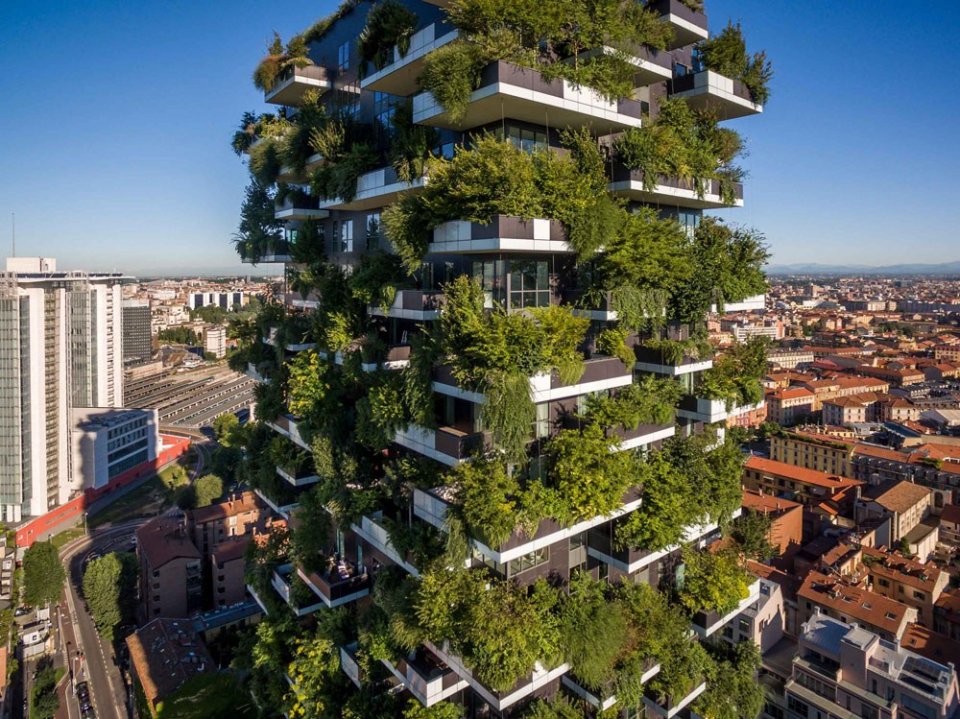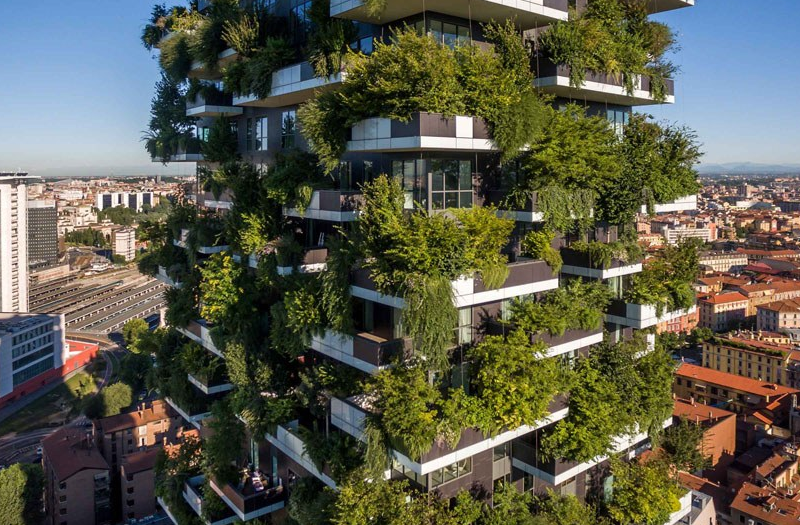Milan - NbS for urban regeneration

Urban redevelopment was an opportunity to adopt solutions and achieve different targets through nature-based solutions. Carta of Milan, the city's strategic environmental plan, recognises ‘green infrastructure’ as the best way to achieve environmental targets, promote social development and improve social welfare. On a wider scale, the Lombardy Region manages the green infrastructure actions for ecological connections and the creation of ecosystems, ensuring continuity between the Alps and the Po Valley (Pianura Padana) and the urban environments within that area, ensured by the Rete Ecologica Regionale Plan. The plan provides guidelines to the different municipalities for the management and creation of ecosystems and outlines the funding mechanisms. Gorla Maggiore, about 30 kilometres northwest of Milan, lies in a delicate transition zone. The town and its waterpark help to improve the quality of the area's water and to better regulate the flow of water.
The city of Milan implements different nature-based solutions as part of its architectural and urban renewal strategies. Bosco Verticale (Vertical Forest) by Stefano Boeri is a showcase of advanced engineering and technological development which uses nature-based solutions as an...
- By 2012 the system of regional parks reached 39 % of the land area in the province of Milan.
- In 2015 the city of Milan had more than 23.5 km2 of public green areas, which can be translated into 17.31 m2 of public green space per inhabitant (Source: City of Milan, 2016). These areas contain 633 recreational spots and 348 areas suitable for dogs.
- Cento Passi forest represents a unique challenge because its 17 ha were confiscated from the Mafia and ceded to the municipal administration.
- Boeri’s Vertical Forest proved to be a nature-based solution, which could be upscaled and replicated. Nanjing Vertical Forest Nanjing Green Towers, will be the first vertical forest built in Asia. It is currently being developed by Boeri. The facades will have 600 tall trees, 500 medium-sized trees (for a total amount of 1 100 trees from 23 local species) and 2 500 cascading plants and shrubs, covering 6 000 m2. A real vertical forest, helping to regenerate local biodiversity, will absorb 25 tonnes of CO2 each year and produce about 60 kg of oxygen per day (Boeri S., 2017).
- Mariani L. et al. (2016) have shown that increasing and optimising single components of park structures can improve the cooling effect of urban parks in Milan (See Impacts of EU research and innovation projects in the city).
The Lombardy Region, through Regulation ‘D.d.u.o. 22 Dicembre 2016 - n. 13767’, manages a EUR 4 million funding scheme for ‘Infrastrutture verdi a...
Riccardo Angelo Tere Gusti (Riccardo.Gusti@comune.milano.it);
Alessandra Masperi (Alessandra.masperi@regione.lombardia.it)
